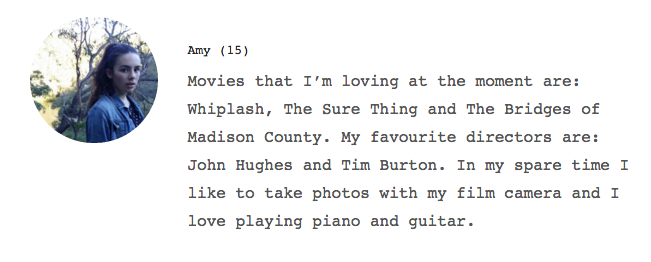Stéphanie De Giusto’s debut biopic The Dancer depicts the story of Belle-Epoque artist and dancer, Loie Fuller (1862-1928) and it screens next month at the Alliance Francaise French Film Festival. It tells the story of the daughter of an alcoholic father and a distant mother. After her father, Ruben’s death, Marie-Louise Fuller (Soko) moves from the American West to Brooklyn, New York to live with her temperance-supporting, mother Lily.
Upon arriving in New York, Marie-Louise changes her name to Loïe and sports a short contemporary hair cut. She auditions for small acting jobs, when she comes across the role of a hypnotised patient. This is where the inspiration for the idea, that will bring her fame and fortune emerges. After her performance she sketches ideas for her white, silk dress that she will dance in to create a beautiful and artistic performance for her American and French audience. While in Brooklyn, Loïe meets French ether addicted aristocrat Louis (Gaspard Ulliel). Throughout the film he supports Loïe, financially and mentally.
Loïe travels to Paris to perform her torturous, tangled dance of swirls and angelic, white silk. Loïe sells out shows and keeps the audience in awe of her graceful modalities. She wants to make her show extraordinary and continues to test and exceed her abilities and financial security throughout the film. She incorporates coloured lights, mirrors and an excessive meterage of silk to her costume. The intense wattage of the lights eventually burns her eyes and she is strongly advised against using such strong lighting. However, Loïe sacrifices her wellbeing for the sake of her performance. Many scenes in the film depict Loïe in a extreme state of, often life threatening, exhaustion. For the era, the dedication to her art form was extraordinary and Loïe’s story is one worth conveying.
The film had some great classic characteristics; love, loss, hard work and passion. I enjoyed the beautiful costumes and the dance and performance scenes. However, the acting was unfortunately weak, apart from Soko and Mélanie Thierry who carried the film.
The Dancer was only loosely based on Loïe Fuller’s life in dance and there were many fictitious elements in De Giusto’s story. Personally, my favourite scene was when Louis and Loïe shared nuts and decanted wine in his elaborately decorated home. Brimming with antiques, portraits with gilded frames and the warm candlelight to create a soft atmosphere, it was truly beautiful. The classical music in The Dancer also added another engaging layer to the film. Loïe’s dance was accompanied by a moving violin piece that fit elegantly with the choreography of her dance.
Overall, I was quite disappointed with this film because I thought it proved real potential. If the story was more plausible and the cast more convincing, this film could have been a really enjoyable experience. However, the cinematography, soundtrack and costume design were extremely impressive and gave a beautiful aesthetic to the film.
The Dancer is the story of a French-American artist who’s life’s work was revolutionary for its time and depicts the pain and suffering behind such a beautiful and ethereal dance. Which presents the idea that all things worth pursuing take all of your strength and will exhaust your mental, emotional and physical states.
Written by Amy Leydman / Image by Mischa
The Dancer screens in the Alliance Francaise French Film Festival, March and April 2017.

